Suppose an external interrupt request is made to 8086. Processor will handle the interrupt after completing the current instruction being executed (if any). Before handling of the interrupt, the state of the program will also be saved (PSW flag, registers etc.) by pushing data onto the stack segment.
Now, most tutorials/documents describe that instruction pointer is also pushed onto the stack segment, which is okay because it was pointing to the next byte of instruction in the code segment (just before interrupt request was made).
But what happens to the instruction queue? Is it also pushed onto the stack segment when an interrupt request is being handled? Or is it that its contents are cleared to zero? In this case, shouldn't the instruction pointer be decremented so that it can be made to point back to the previous instructions in the code segment (after interrupt has been served)?

Here, After interrupt request actually means After interrupt request has been served. What this diagram shows is that before interrupt request came, the instructions were cached, with IP pointing to the address of the next byte of instruction in the CS memory segment. To serve the interrupt request, the contents of registers (incl. IP and flags) are pushed onto the stack segment. After request is served, the previous contents are loaded back - with IP still pointing to the location of the 7th byte (of instruction), with queue (cache) being empty. This is what my doubt is. Is IP decremented to point back to i1? Secondly, do we need to manually handle the IP (like, push it onto the stack upon interrupt) or does the interrupt-service-routine handles this for us? Please, any help is appreciated, thanks!
Note: Instruction Queue - The 8086 architecture has a six-byte prefetch instruction pipeline. As the Execution Unit is executing the current instruction, the bus interface unit reads up to six bytes of opcodes in advance from the memory.